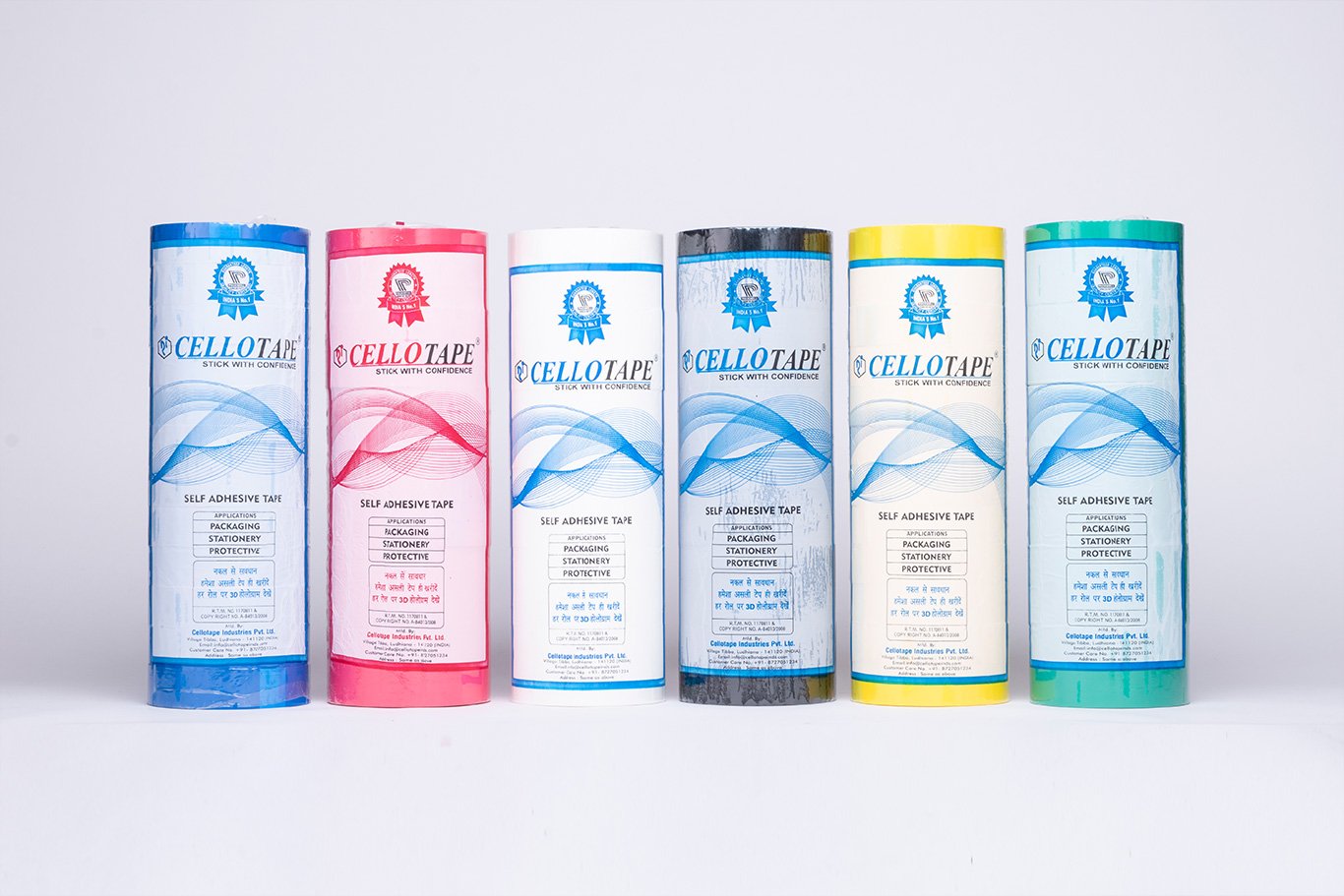Adhesive Tapes in Modern Construction: Building Stronger, Faster, and Greener
Introduction
The construction industry has seen much innovation over the years, including using adhesive tapes to join and fix different components. Many kinds of pressure-sensitive tapes are used in commercial and residential construction projects, and they may not be visible easily. These tapes offer numerous advantages, from low cost to durability to strong and easy to use.
They can also be manufactured to provide air—or water tightness to different installations or materials. Let’s read where and why these adhesive tapes are used in modern construction.
Why are Adhesive Tapes Good for Your Construction Component Applications?
The adhesive tapes designed for building components are reliable, versatile, and simple to use and apply. Thus, easily complement or replace the traditional fastening ways, such as nails, screws, and rivets and ensure there are no visible gaps, marks, or protrusions. Some benefits include:
- You will no longer be required to punch, drill, or weld, which may compromise the material’s integrity or damage the surface.
- There will be no need to dry, curl, or cool, saving your team energy and time.
- Your team will no longer be required to clamp, reducing your overall equipment and labor expenses.
Whether you need to mount, seal, or repair any kind of building material, adhesive tape can help.
Factors Contributing to Adhesive Tapes Growth in the Construction Sector
The construction industry has grown significantly over the last decade, with a rapid rise in the home refurbishment sector. Besides, in India, there are many government investments in large-scale projects such as metros, railways, ports, highway infrastructures, and more. Demand and supply are also significant factors.
The worldwide population is increasing by around 70 million per year, leading to a demand for the construction of schools, residential projects, hospitals, etc. These factors play a vital role in the increase in demand for adhesive tapes for building, bonding, protecting, sealing, etc., in these projects.
Moreover, these tapes are easy to apply and have an aesthetic and durable appeal, adding to their popularity in the construction industry.
Different Adhesive Tapes Used in Construction
Different types of adhesive tapes are used in construction to meet the specific demands of various applications. Here are some of them:
- Aluminum foil tape—Due to its excellent resistance to moisture and harsh temperatures, aluminum foil tape is frequently used for waterproofing joints, sealing HVAC systems, and insulation.
- Anti-skid tape—These tapes are applied to stairs, machinery, and ramps to increase safety by preventing falls and slips, particularly in places exposed to wear and moisture.
- Germ seal tape—Such tapes are great for places where hygiene is paramount, like healthcare or public places, because they create a barrier and prevent the spread of bacteria and germs.
- Lane masking tape—These tapes are used to guide traffic, mark boundaries, and define safe zones within construction sites, ensuring safety protocols.
- Masking tape—These tapes are known for their versatility and are very commonly used during finishing and painting work. They create clean lines and protect surfaces. They can also be used to fasten drywall installation or plasters quickly.
- Extreme sealing tape—This tape provides a long-lasting and robust seal on uneven surfaces, making it perfect for guttering, roofing, and outdoor places where air-tight and water-tight sealing is important.
Each of these tapes provides a distinct function, offering safety, efficiency, and success in construction projects.
Conclusion
Adhesive tapes can be of great value in the construction industry. On the exterior, they can reinforce and seal joints of building materials, such as concrete panels, drywall, and metal frames. Similarly, on the interior, they can be used for piping, flooring, or wiring. If you need adhesive tapes for your construction projects, contact CelloTapes; we have various tapes for different applications.


